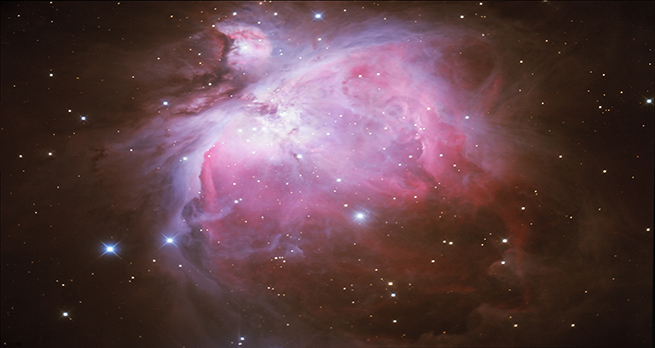Orion Glossary
Special | A | B | C | D | E | F | G | H | I | J | K | L | M | N | O | P | Q | R | S | T | U | V | W | X | Y | Z | ALL
G |
|---|
galaxy clusterA gathering of galaxies in a region of space typically 12 to 15 million light years across. Some clusters have many members ('rich' clusters) but sparse clusters, with fewer than 50 members, are termed 'groups'. | |
gas giantA planet considerably larger than the Earth, composed largely of hydrogen and helium. Also called giant planet (cf. terrestrial planet). | |
Giant Molecular CloudA dense cloud of cold dust and gas within which stars form, extending for many billions of kilometres and typically containing more than a million solar masses of material. | |
giant planetA planet considerably larger than the Earth, composed largely of hydrogen and helium. Also called gas giant (cf. terrestrial planet). | |
globular clusterGlobular clusters are compact, nearly spherical, groups of many thousands or millions of stars found within the galactic halo. The stars in globular clusters are among the oldest in the Galaxy, and so have very low amounts of elements other than hydrogen and helium. | |
groupA gathering of galaxies with fewer than 50 members, bound together by gravity (cf galaxy cluster). | |
